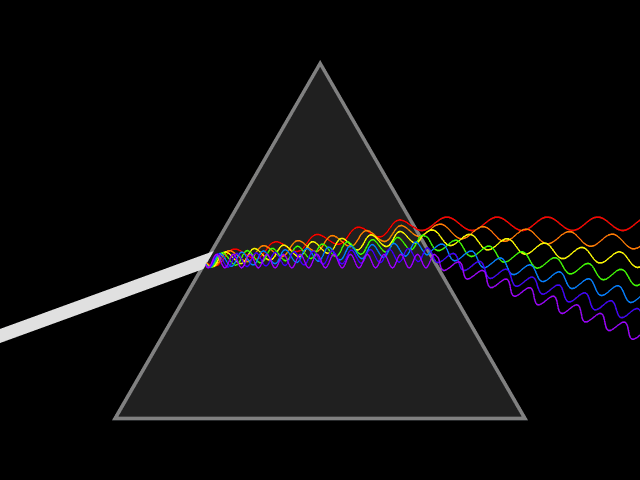Today, I stumbled onto a new use for LEDs that any indoor gardener will find interesting. It’s still in the experimental stage, but makes a lot of sense. You might just want to experiment with it too.
The color of light tells any plant what they should be doing. Every indoor gardener knows that blue light is for vegetation, and red induces flowering and fruiting. It’s also common knowledge that plants use all the wavelengths from ultraviolet to far red in different portions to energize certain processes. That’s the simplified explanation. What plants do with various wavelengths of light gets very complex, so most people stick to the basics. It gives us the results we seek – an ample harvest of fresh fruits and veggies.
What if you could do more?
Would it be of value in your little indoor grow room to be able to influence the beneficial compounds of your food? Better flavor, heightened aroma, richer color, and more health boosting stuff – these are benefits we’ve always depended on the cultivar grown to give us. It is possible to increase all those desirable traits by light manipulation.
Pretty cool.
They’ve been experimenting with this at the University of Florida. Using light to influence things like getting several colors of lettuce from a single plant type by exposing it to different colors of LED light. It’s also been done with strawberries, but here they are looking for a way to preserve flavor without the fast spoilage that comes with it. While the focus of Kevin Folta and the Horticultural Science lab is finding answers for the industrial food system, the idea could have merit for everyone who grows food indoors.
During testing with strawberries they discovered that the plants didn’t get spider mites. Folta isn’t sure yet if the light allowed the plants to develop an increased resistance to the pest, or if it didn’t provide the energy needed for the spider mites to develop. This use of LEDs to manipulate plant behavior with light therapy is so new that they don’t understand a lot of the underlying reasons for what happens yet.
In one article recently written on Folta’s work with LEDs, he says that by exposing a crop nearing harvest stage to several days of blue light, then several days of far red light, and finally some days of red light the fruit would have more intense color, higher nutritional value, and better flavor.
“We know that such sequential treatments allow us to bump up the pigments, then the nutrients and then the flavors,” he said. “This treatment could change the way we grow, ship and sell crops, as well as how consumers store them at home.”
 Notice that he’s only influencing the finish of the crop and not using the LEDs as full crop grow lighting? Phillips has also be working on this use of LEDs as auxillary lighting to perfect the light recipes used for certain crops grown by commercial greenhouses. Their testing is being done on both food and cut flower production.
Notice that he’s only influencing the finish of the crop and not using the LEDs as full crop grow lighting? Phillips has also be working on this use of LEDs as auxillary lighting to perfect the light recipes used for certain crops grown by commercial greenhouses. Their testing is being done on both food and cut flower production.
Could this give us the key to harvesting hydroponic tomatoes with garden fresh flavor without worrying about brix? If you’ve got an LED and a crop underway, get the diodes you need to follow Folta’s recipe for a few days of each color in succession. It’s not long enough exposure to less intense light to do damage to the plant’s development. They can spend several days in total darkness and remain very healthy and robust – as long as they don’t enter into a drought situation. Maybe a day or two under high intensity light between the LED manipulation will work better. You won’t know until you try it out.
Learn more about crop manipulation work at Folta’s lab using LEDs here and here. You will discover that he is also involved in GMO development, but sees a lot of promise in using light instead of chemicals to combat pests, increase shelf life, and give food more of what we need and enjoy.